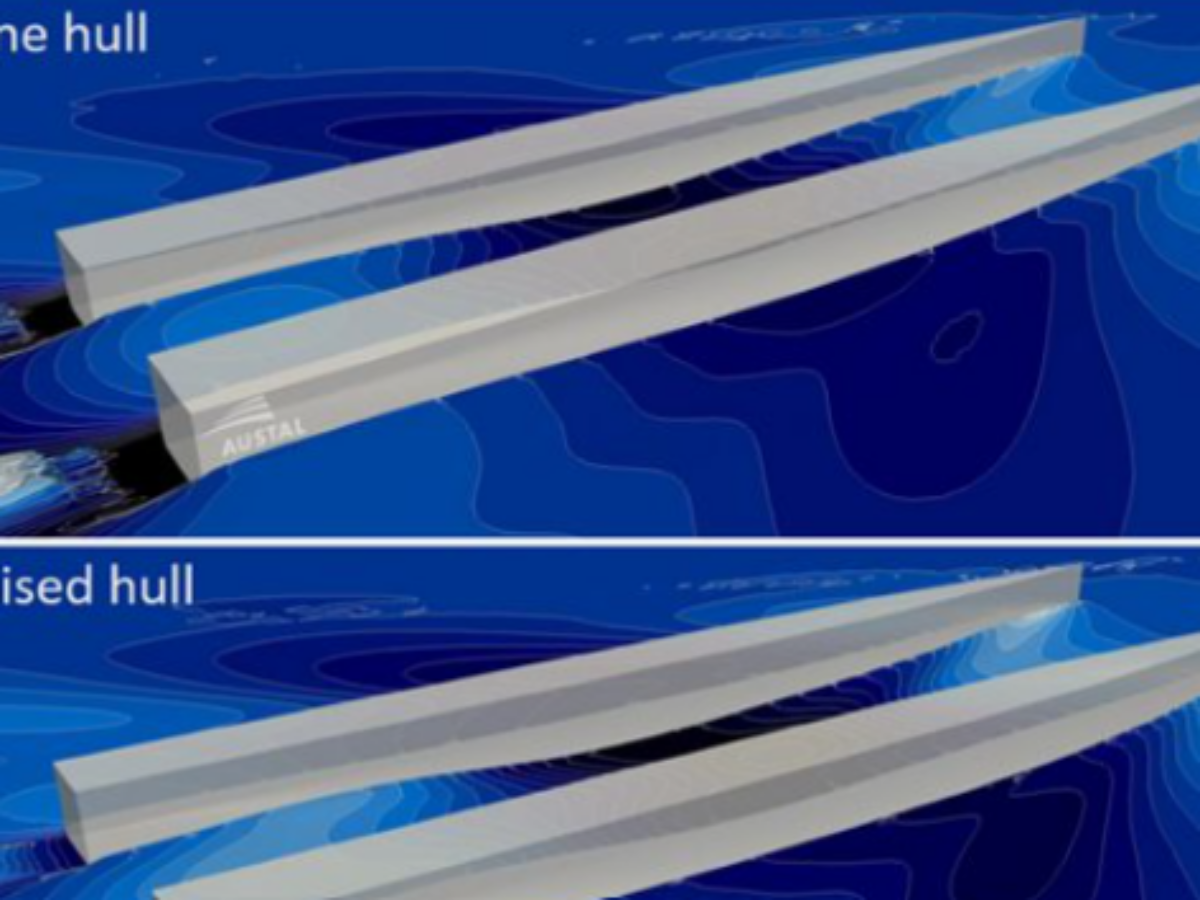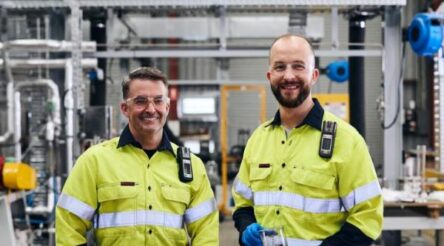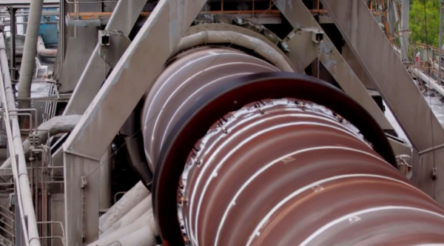Austal AI optimises vessel hull forms

Perth international shipbuilder Austal Australia’s Research and Development (R&D) team has been tapping the power of artificial intelligence to enhance ship operation for many years.
The company, the world’s largest builder of aluminium ships, has now revealed in the Ocean Engineering journal the use of AI for accelerating hull form optimisation, to maximise hull form efficiency.
Austal’s new Bayesian hull form optimisation approach, detailed in the paper Multi-objective Bayesian hull form optimisation for high-speed craft, approach allows ship design specialists to optimise a hull shape based on a range of objectives and constraints, according to the company.
It combines ‘a hull morphing tool, transient RANS CFD simulation tool and a Bayesian optimisation algorithm’ for minimising the resistance of a hull from at multiple speeds.
In conjunction with Computational Fluid Dynamics (CFD), the AI algorithm explores the possible design space and returns a hull (or set of hulls) that fulfil the defined criteria.
When compared to currently available optimisation techniques, the AI-based optimisation allows a larger and more complex design space, while only requiring a fraction of the computational resources.
In one example demonstrated in the publication, the optimum solution reduced the resistance of a conceptual high-speed catamaran by 31 to 43 percent.
According to Austal, solutions can be discovered in less than a day, which make the AI approach suitable for day-to-day optimisation in the commercial ship design process.
“Hull forms can be optimised for different speeds or operating points, to enable the highest fuel efficiency throughout the entire operating profile or life cycle of the vessel.
“This technology assists Austal in diversifying our vessel product range by quickly developing optimum hull forms for new design challenges.”
Image: Wave-making patterns of a baseline catamaran hull (top) and an optimised catamaran hull (bottom). The optimised hull requires 43 percent less energy when compared to the baseline hull.
Topics Defence Manufacturing News Technology
@aumanufacturing Sections
Analysis and Commentary Awards Defence Manufacturing News Podcast Technology Videos










